On Monday, Democratic Representatives Rick Larsen and Bennie Thompson raised urgent questions about the U.S. Secret Service’s deployment of counter-drone technology near Ronald Reagan Washington National Airport (DCA), citing its role in triggering erroneous air traffic alerts last month. In a sharply worded letter to Department of Homeland Security (DHS) Secretary Kristi Noem and Transportation Secretary Sean Duffy, the lawmakers warned that the technology endangered commercial and Coast Guard aircraft, exacerbating safety concerns in one of the nation’s busiest airspaces, reports FedScoop.
Uncoordinated Deployment Disrupts Air Traffic
The controversy stems from alerts generated by the Traffic Collision Avoidance System (TCAS) in March 2025, which mistakenly prompted flight crews to take evasive action. According to Larsen and Thompson, Federal Aviation Administration (FAA) analysis pinned the issue on Secret Service counter-drone systems operating at a nearby Department of Defense (DOD) site. Unlike authorized counter-unmanned aircraft system (C-UAS) operations, which require FAA notification, the Secret Service failed to coordinate with aviation authorities, creating confusion in DCA’s complex airspace.
“These erroneous alerts caused confusion among flight crews in one of the most complex airspaces in the country, introducing an unnecessary safety risk that potentially endangered hundreds of American lives,” Larsen and Thompson wrote.
The lawmakers underscored the gravity of the oversight, noting that DCA’s high traffic volume—handling over 300,000 flights annually—leaves little room for error.
The incident follows a tragic collision earlier this year at DCA between a commercial jet and an Army Black Hawk helicopter, which claimed dozens of lives. That disaster, the first fatal U.S. commercial crash since 2009, heightened scrutiny of aviation safety protocols. Against this backdrop, the Secret Service’s actions have drawn sharp criticism for undermining TRUST in airspace management.
How Counter-Drone Systems Interfere
Counter-drone technology, designed to detect and neutralize unauthorized unmanned aircraft systems (UAS), often employs radar, radio frequency jamming, or signal spoofing to disrupt drone operations. However, these systems can inadvertently affect aviation infrastructure. At DCA, the Secret Service’s equipment likely emitted signals that TCAS misinterpreted as collision threats, prompting false alerts. TCAS, a mandatory onboard system for commercial aircraft, relies on precise transponder data to calculate collision risks, typically within a 14-nautical-mile (26-kilometer) radius.
The FAA’s findings suggest the Secret Service’s system operated outside established protocols, which require C-UAS operators to issue Notices to Air Missions (NOTAMs) or coordinate with air traffic control. Without these safeguards, counter-drone signals can disrupt legitimate aviation operations, particularly in dense airspaces like DCA, where aircraft operate at low altitudes during takeoff and landing. The airport’s proximity to restricted zones, such as the Pentagon and White House, further complicates C-UAS deployment, demanding meticulous oversight.
Regulatory Gaps and Industry Implications
The counter Drone Incident exposes gaps in the regulation of counter-drone technology, a rapidly growing sector projected to reach $2.5 billion globally by 2028. While the FAA Reauthorization Act of 2018 granted DHS and the Department of Justice authority to counter UAS threats, coordination with aviation regulators remains inconsistent. The Secret Service, a DHS component, operates under these powers but faces no clear mandate for real-time FAA collaboration, a loophole Larsen and Thompson aim to address.
For the Drone Industry, the fallout could spur tighter restrictions on C-UAS deployments near airports, potentially limiting testing and innovation. Companies like Dedrone and Fortem Technologies, which supply counter-drone solutions to federal agencies, may face increased scrutiny over system reliability. Conversely, the incident could accelerate demand for advanced C-UAS platforms capable of distinguishing drones from manned aircraft, minimizing interference with TCAS and other aviation systems.
The broader aviation sector, already strained by a shortage of air traffic controllers—DCA’s tower operates at 85% staffing—cannot afford additional disruptions. The National Transportation Safety Board’s ongoing investigation into the DCA crash has amplified calls for robust safety measures, and this incident risks further eroding public confidence in air travel.
Lawmakers Demand Accountability
Larsen, ranking member of the House Transportation and Infrastructure Committee, and Thompson, ranking member of the House Homeland Security Committee, are pressing for transparency. Their letter demands a briefing and detailed responses by May 2025, covering the Secret Service’s C-UAS protocols, coordination failures, and steps to prevent recurrence.
“The flying public cannot afford for these safety issues to continue and certainly should not be collateral damage due to your Departments’ inability to coordinate effectively,” they stated.
The lawmakers’ push aligns with bipartisan efforts to strengthen C-UAS oversight. In June 2024, Larsen and Thompson co-sponsored the Counter-UAS Authority Security, Safety, and Reauthorization Act, which seeks to expand DHS and FAA authority while enhancing coordination. However, with the bill stalled in Congress, the DCA incident underscores the urgency of legislative action.
DroneXL’s Take: Balancing Security and Safety
For DroneXL readers, this incident highlights the delicate balance between securing airspace from rogue drones and preserving aviation safety. Counter-drone technology is indispensable for protecting sensitive sites, but its deployment near major airports like DCA demands rigorous oversight. The Secret Service’s failure to notify the FAA reflects a broader challenge: federal agencies must align security imperatives with aviation protocols to avoid unintended consequences.
Professionals and recreational pilots should note that C-UAS systems, while critical, can impact legitimate drone operations. The FAA’s Remote ID rule, fully enforced since March 2024, helps distinguish authorized UAS from threats, but counter-drone signals don’t discriminate. Pilots operating near restricted zones should monitor NOTAMs and maintain real-time communication with air traffic control to avoid disruptions.
This episode also signals a maturing C-UAS market. As agencies refine their systems, manufacturers must prioritize interoperability with aviation infrastructure. Solutions that integrate with FAA databases or employ AI-driven threat assessment could reduce risks, benefiting both security and the drone community. Until then, skepticism of uncoordinated deployments is warranted—safety must come first.
The Secret Service and DHS have yet to respond publicly, but pressure is mounting for answers. As investigations unfold, the drone and aviation industries will watch closely, knowing that the stakes—public safety, innovation, and trust—couldn’t be higher.
Featured photo from DroneXL files.
Discover more from DroneXL.co
Subscribe to get the latest posts sent to your email.
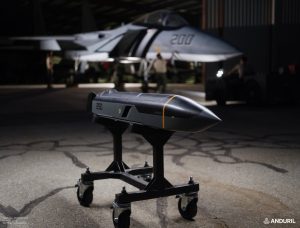
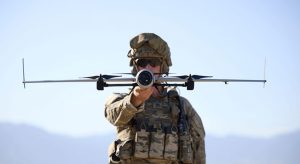
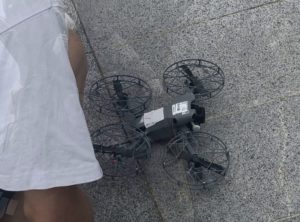

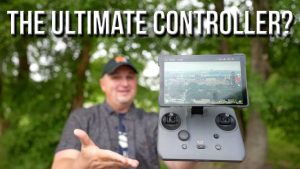
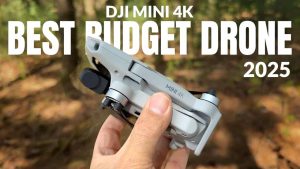

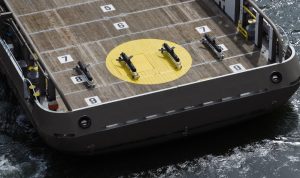
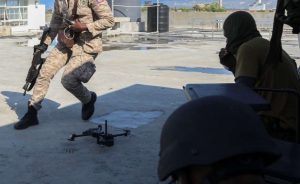
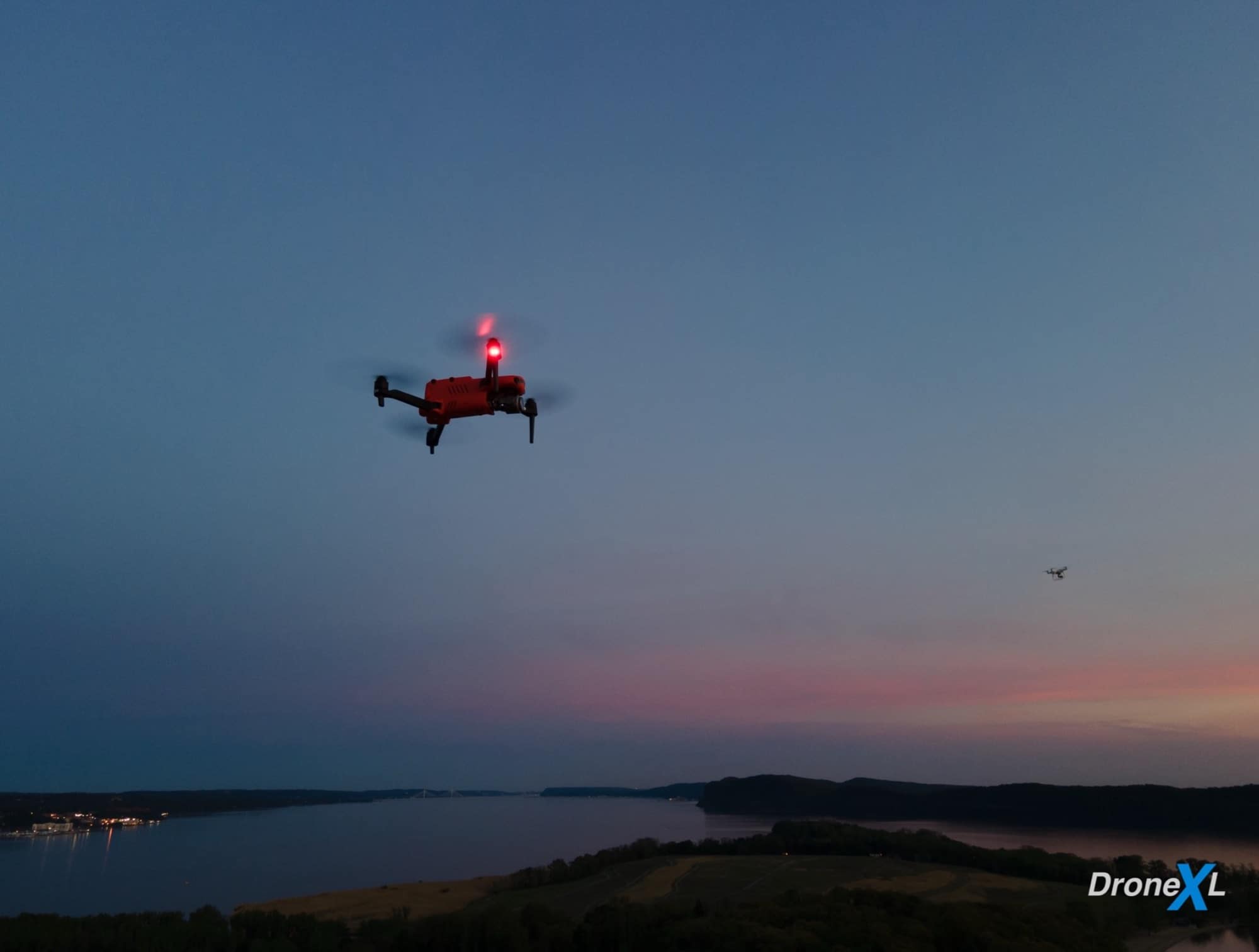
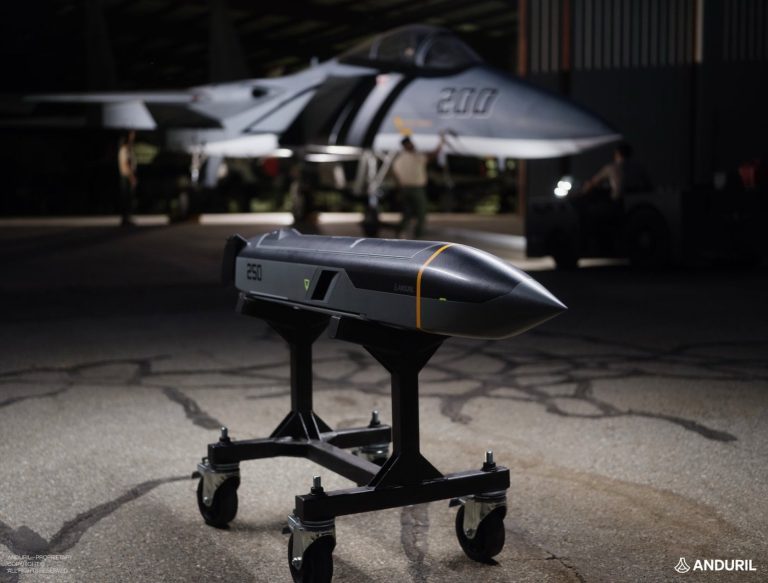
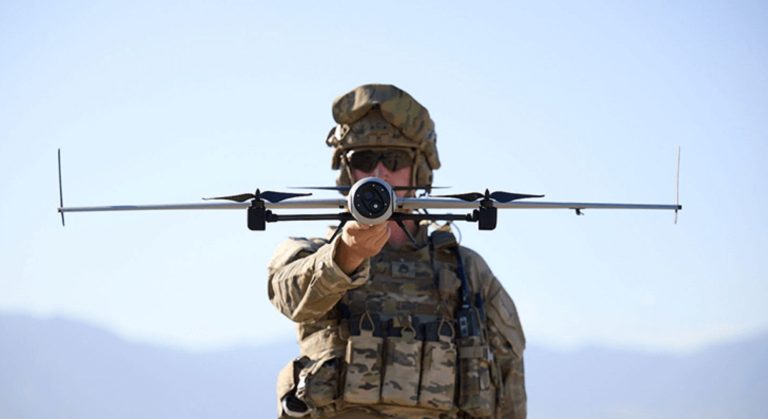
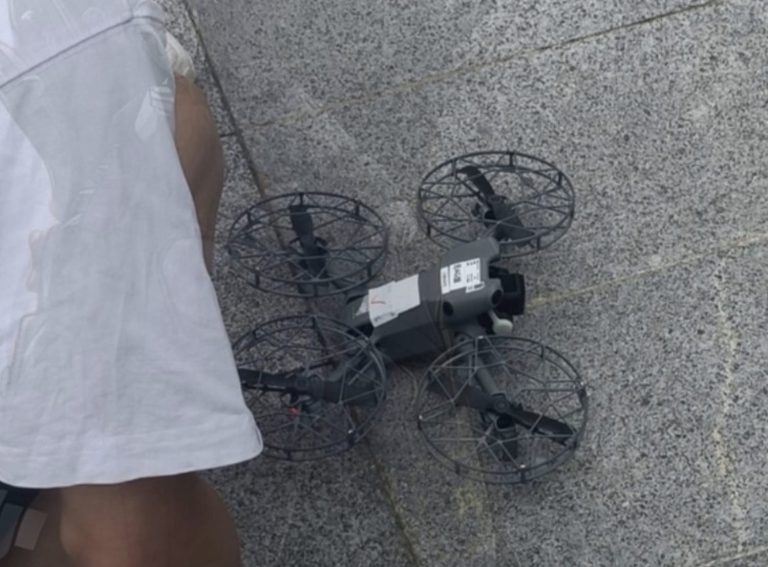


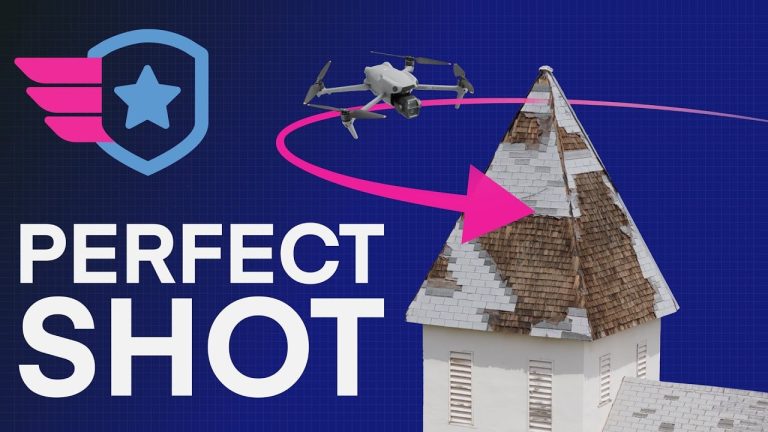
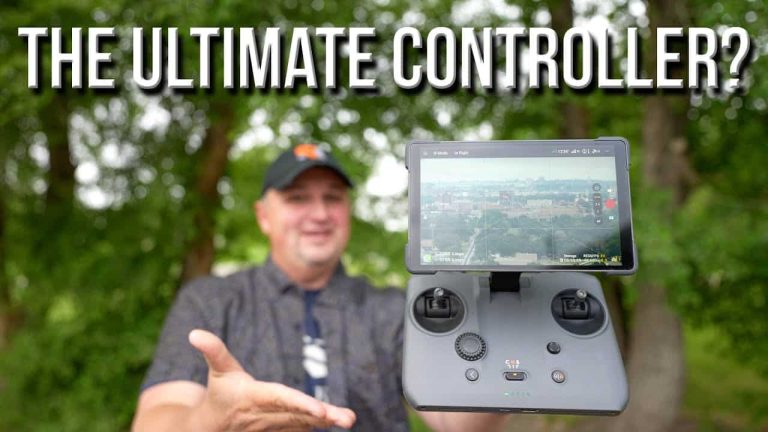
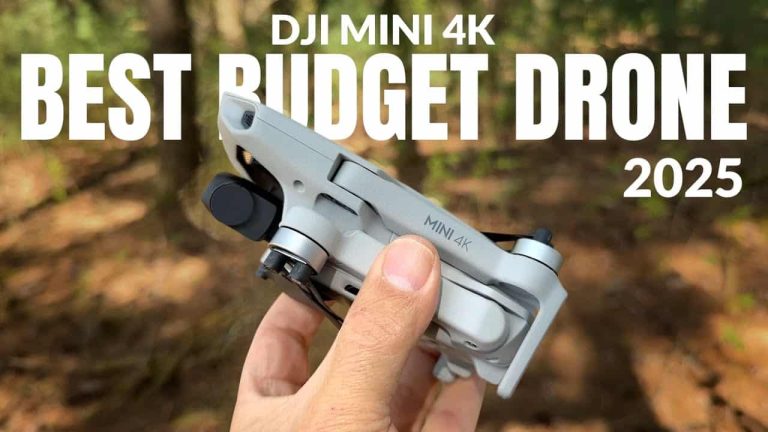
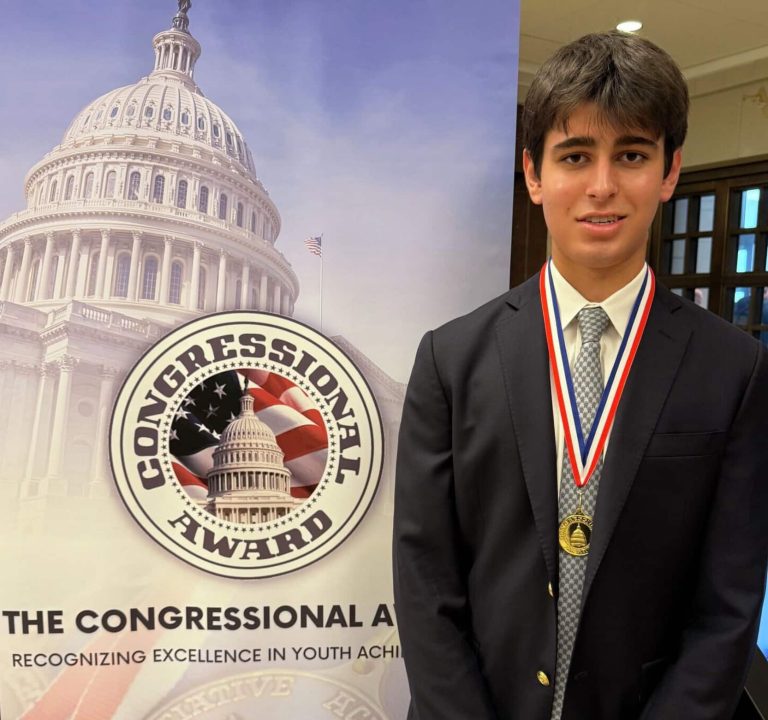
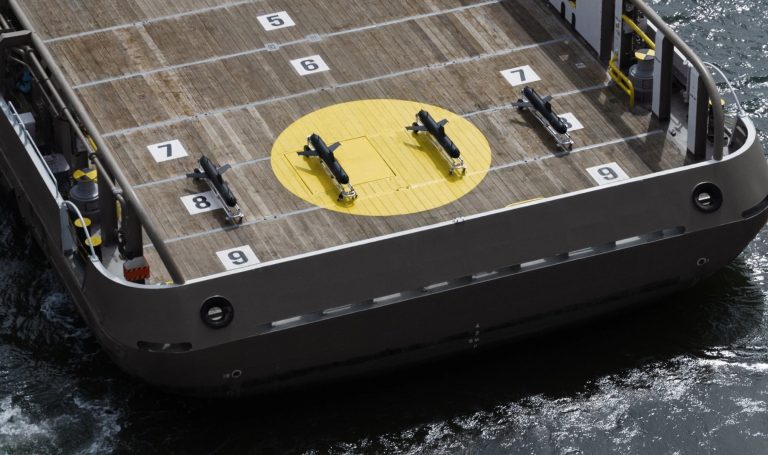
+ There are no comments
Add yours